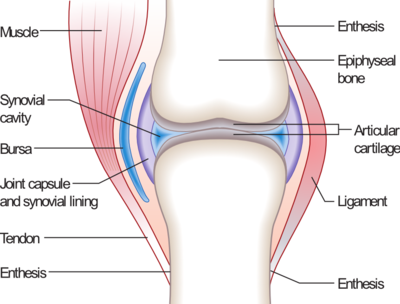As we do more exercise our hearts increase in size and it becomes bigger and stronger. Due to this happening our heart can pump out more blood as its size has increased and as more blood is being pumped within fewer beats that usual our heart rate decreases because the same amount of blood can be pumped out with fewer beats as it was being pumped our when the heart size was smaller and beating more times.
The Long Term effects of exercise on the Respiratory System...
Initially our lungs are a certain size due to the size of the muscles that are located in between the ribs in our rib cage, however as time goes on and we do exercise we can strengthen these muscles and make them bigger. The effect of us doing this is massive and very positive because we give our lungs (that are behind our rib cage) more space to increase in size. If our lungs increase in size our lung capacity will increase and our breathing rate will decrease; the reason for a decrease in our breathing rate is that our lungs will increase in size and they can supply just as much oxygen with a large lung that they can with more pumps of a smaller lung.
Muscles; With exercise, the weight or stress you’ve induced to the muscles creates resistance and contraction. These contractions enable the muscles to get significantly bigger, not only do they increase in size they get stronger aswell.
Bones; The long term effects of exercise on the skeletal system are also very interesting. Within doing exercise over time there is a buildup of calcium salts causing the bone to harden. Knowing this fact I understand that putting more pressure on my bones (through doing exercise ) helps in developing stronger bone tissues. For this reason I can justify why people who do physical activities, especially athletes, don’t easily injured very easily. That also shows why people that aren't active have weaker bones, making them susceptible to all sorts of physical injuries.
Ligaments; Ligaments are strong bits of tissues that attach bones to each other. They are made up of collagen fibers that give them their strength. They usually support a joint to provide additional strength and stability when they move. Doing lots of exercise helps them maintain their power and durability.
The Cartilage; Cartilage is a tissue that forms a cap at the ends of the bones. It acts like a shock absorber by providing support by protecting the bones against weight bearing actions. Over time the cartilage will become thicker but if someone is inactive it will become thinner and bone-on-bone collisions will occur and thats why so many elderly people end up being wheelchair-bound.
Tendons; Tendons form at the ends of the muscles which and they hold the muscles to the bones. some of the properties of a tendon are that the fibers in tendons are very long and strong and this is good because they can handel immense forces without damaging themselves. Tendons are most commonly compared to springs; they are compared to springs because they are strong, they can stretch and expand, and they can recoil. The stretching and recoil properties they both share suggests the transmission of force produced by muscles to the bones. Does exercise can make them stronger so they can handle more pressure and this will prevent them from becoming injured.
Joints; Joints hold bones together and that allow them to move with flexibility. The degree of joint movement is called range of motion. Doing exercises where you do different types of movement will enhance the degree your joints can move without any discomfort.
